Heber Valley Bypass Update: What’s Next for Traffic Relief and Growth
A Valley at a Crossroads
If you’ve driven down Heber City’s Main Street on a summer afternoon, you’ve likely felt the bottleneck. Trucks rumble through, out-of-town visitors navigate crosswalks, and locals try to make left turns with patience tested. For decades, a bypass has been the proposed answer—a route to divert through-traffic away from Main Street, easing congestion, improving safety, and giving downtown a chance to breathe.
Now, after years of environmental studies, public meetings, and debate, the Utah Department of Transportation (UDOT) has narrowed the Heber Valley Bypass to two final alternatives. By spring 2026, the agency plans to make a final decision—a choice that will shape the valley’s transportation, growth, and character for generations.
The Road to This Moment: A Brief History
The bypass isn’t new. As early as the 1980s, Wasatch County planners floated the idea of diverting U.S. 40 traffic around downtown. But growth was slower then, and the project never gained momentum. Fast forward to the 2010s, when Heber Valley’s population began to surge—driven by proximity to Park City, Salt Lake City, and Provo, as well as the valley’s small-town charm.
By 2022, traffic volumes were so high that UDOT launched an Environmental Impact Statement (EIS), the most thorough type of transportation study. They started with 23 possible routes, gradually eliminating options based on engineering feasibility, environmental impact, and cost. In 2025, the list was cut to two.
The Final Two Routes
Alternative A – Stay on U.S. 40
This option would keep the bypass along the existing U.S. 40 corridor but upgrade it to a “free-flow” roadway—similar to an interstate—with grade-separated interchanges and widened lanes. The aim is to let through-traffic move without stopping while preserving the existing highway footprint.
Pros:
Minimal new land acquisition.
Less disruption to agricultural land.
Lower long-term environmental impact compared to cutting a new corridor.
Cons:
Construction could disrupt current traffic for years.
Less transformative for downtown traffic—some congestion could remain.
Alternative B – North Fields Route
This would divert traffic west of Heber City, starting near Potter Lane and cutting through the scenic North Fields before reconnecting to U.S. 189. It’s a brand-new corridor designed to pull heavy truck and through-traffic entirely away from Main Street.
Pros:
Significant reduction in downtown traffic.
Creates potential for a more pedestrian-friendly Main Street.
Cons:
Cuts through protected open space and wetlands.
Raises concerns over water quality in the Provo River watershed.
Potential to spur unwanted development in North Fields.
Environmental and Cultural Concerns
The North Fields are more than empty space—they’re a historic agricultural landscape and part of the valley’s cultural identity. Conservation groups warn that paving a highway here risks fragmentation of farmland, habitat loss, and long-term changes to water systems.
For many residents, this isn’t just about traffic—it’s about the kind of valley they want to leave for the next generation.
The Olympics Factor
The 2034 Winter Olympics in Salt Lake City loom large in this conversation. UDOT officials note that a completed bypass could dramatically improve regional traffic flow during the Games, especially with Park City just over the hill. This urgency adds political weight to the decision, but also increases pressure to get it right.
Community Voices
At city council and county meetings, emotions run high.
Business owners downtown fear losing drive-by customers if through-traffic is rerouted.
Parents and pedestrians welcome the idea of calmer streets.
Farmers and conservationists plead to protect the North Fields from irreversible change.
One resident summed it up at a July 2025 meeting: “We want a solution for traffic, but not at the cost of the valley’s soul.”
Economic Impacts
A bypass could reshape Heber City’s economy in both subtle and obvious ways:
Downtown Revitalization: Reduced truck traffic could allow for expanded sidewalk dining, festivals, and tourism-friendly streetscapes.
New Commercial Nodes: Interchanges along a new bypass could spur retail and service hubs—benefiting some businesses, but potentially drawing activity away from downtown.
Property Values: Areas near the bypass might see higher development pressure, affecting housing affordability and land use.
Next Steps in 2025–2026
Late 2025: UDOT continues public engagement, environmental studies, and design refinements.
Spring 2026: Final EIS released, Record of Decision announced.
2027–2028: Potential start of construction, depending on funding and legal challenges.
Before 2034: Target completion in time for the Olympics, if the project stays on schedule.
What This Means for Heber Valley’s Future
The bypass decision isn’t just about traffic flow—it’s about identity. Choosing between Alternative A and Alternative B is a choice between preserving the valley’s open landscapes versus creating a wholly separate traffic corridor. Either way, Heber City will change.
For residents, now is the time to stay informed, attend public meetings, and make your voice heard. For businesses and professionals—including financial planners, real estate agents, and developers—it’s an opportunity to anticipate how infrastructure will influence economic trends in the valley.
